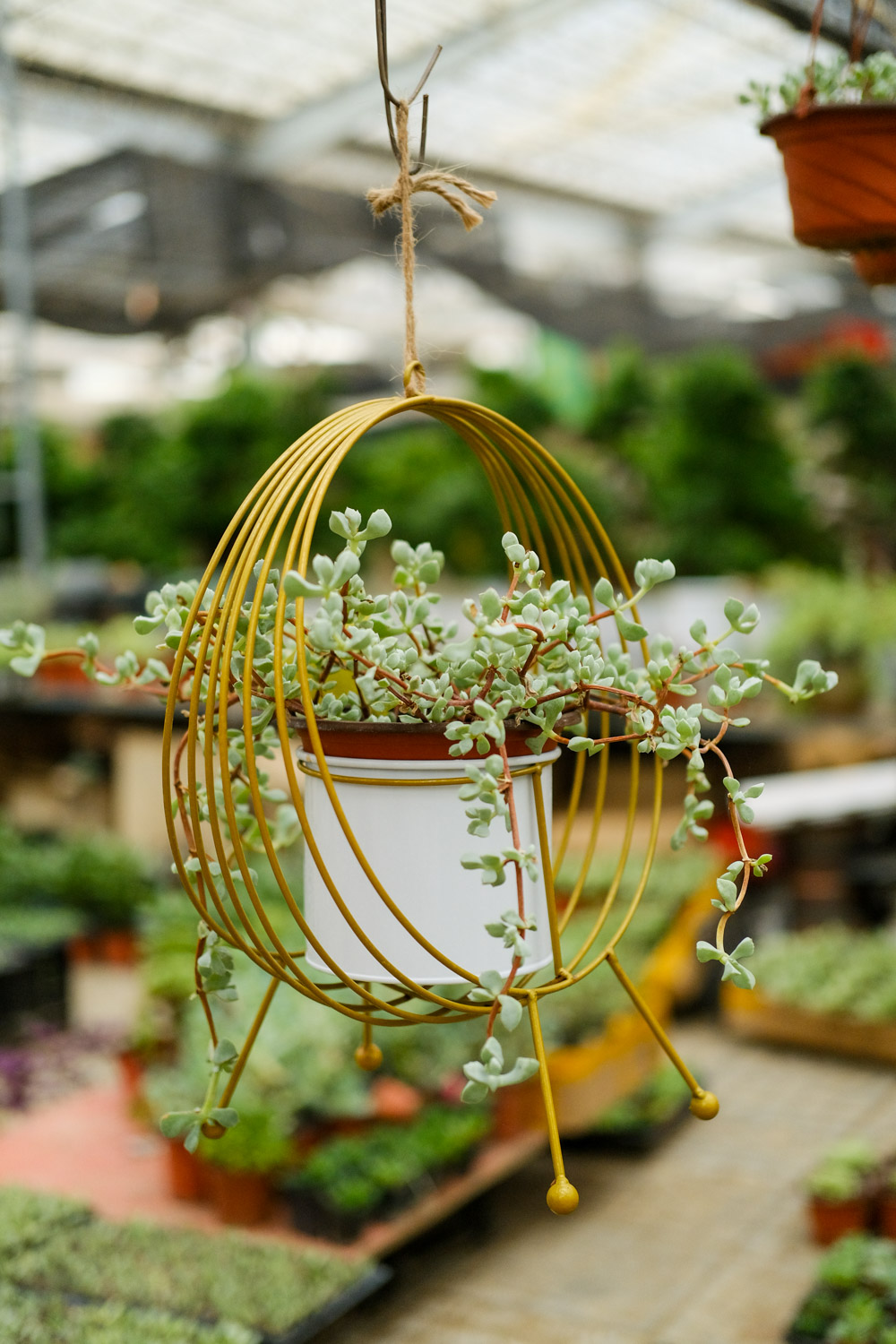1、 Curing method
1. Soil: Peach eggs need soil with good air permeability as matrix. Peat soil, perlite and cinder can be mixed in proportion. This is not only convenient for ventilation, but also can store a certain amount of water, and will not submerge the root
2. Sunshine: Peach eggs need sunshine all day. The high temperature weather in summer can be properly shaded to avoid leaf water loss caused by strong light irradiation

3. Watering: if the water retention performance of the substrate is good, watering need not be too frequent, and the amount of water should not be too much. Generally, water can be poured 3-4 times a month in summer. Water should be supplied at the edge of the basin, not directly on the plant. If the blade falls, it indicates that there is too much water and a little water needs to be drained
4. Fertilization: the fertilization of peach eggs should not be too much. Generally, it can be applied 4-5 times a year. Use more slow-release fertilizers, which can provide nutrition continuously

2、 Reproductive skills
As a kind of meat, peach eggs are usually propagated by leaf insertion. Mostly in spring and autumn, select complete and full leaves and insert them into moist and loose soil. Put it in the semi shade to avoid the light, and spray water to moisturize it at the same time. Generally, new roots and leaves can grow after a few weeks. At this time, it can be covered with a layer of fine sand

3、 Pest control
Peach eggs are rarely attacked by diseases and pests. In addition to paying attention to daily maintenance, carbendazim can also be used for prevention. You can also sprinkle a little carbofuran in the soil, but this drug is highly toxic, so you must be careful when using it

 jackfruit
jackfruit snake plant
snake plant hibiscus
hibiscus hydrangea
hydrangea lavender
lavender Green roses climb al...
Green roses climb al... If you don't pay att...
If you don't pay att... Management of four g...
Management of four g...
































